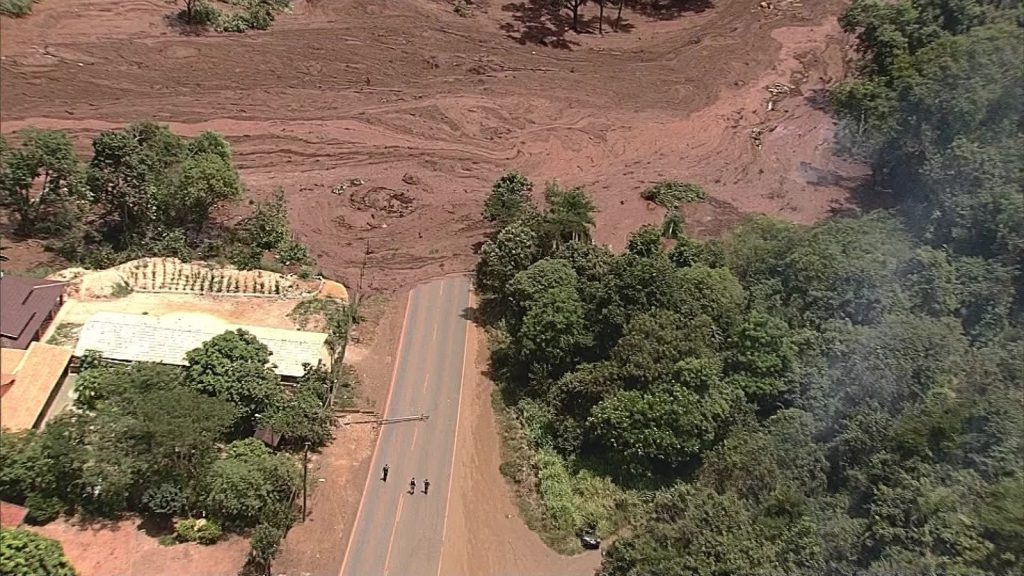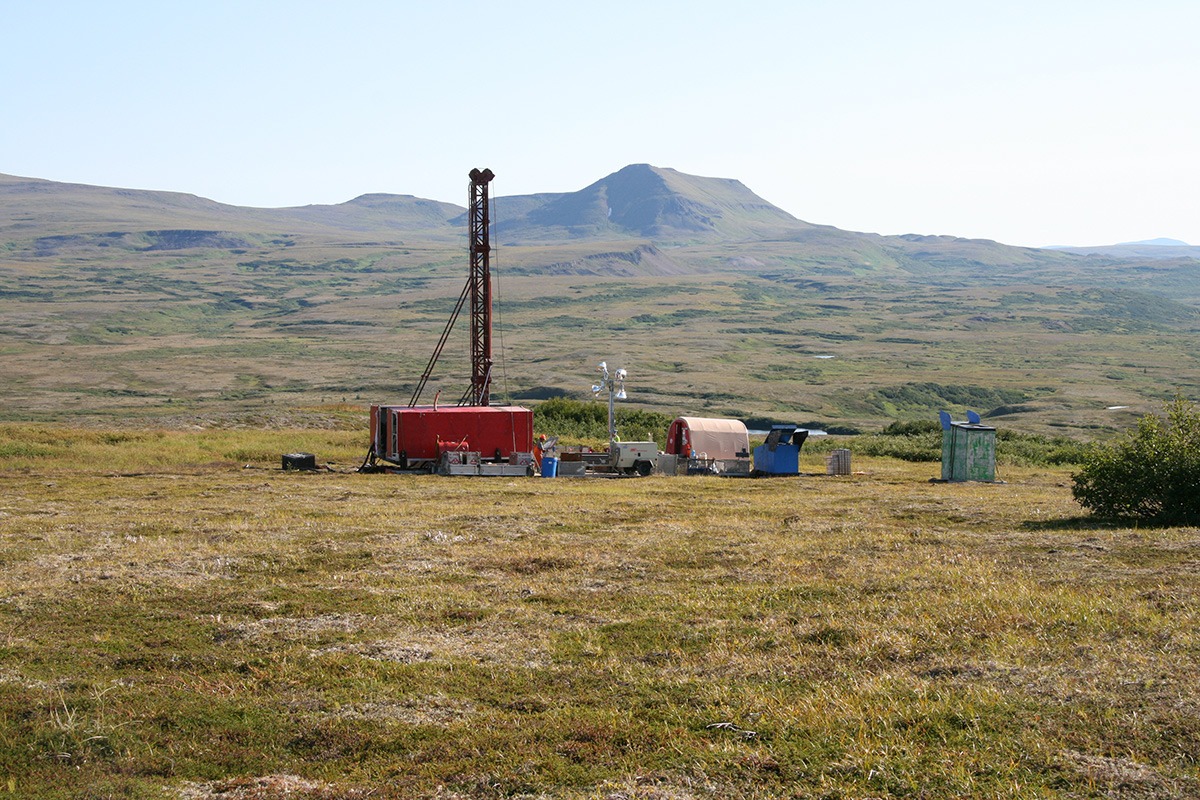Brazilian mine tragedy will not be the last tailings dam disaster

The collapse of Vale’s Brumadinho iron ore tailings dam in Brazil was both shocking and devastating in its impact. But it was not a one-off event.
It was the 11th serious tailings dam failure in the last decade and such catastrophic events are becoming more frequent, according to researchers at World Mine Tailings Failures (WMTF).
Indeed, the number of incidents is going to rise further, according to the U.S. not-for-profit organisation that tracks all recorded tailings storage facility (TSF) failures.
“Without major changes to law and regulation, and to industry practices, and without new technology that substantially reduces risk and increases loss control, our current prediction is for 19 very serious failures between 2018 and 2027.”
The volumes of mine waste greatly exceed the total volumes of materials handled by civil engineering throughout the world
A “very serious” failure is defined by how much waste material is released, how far it travels and how many fatalities result.
It’s a terrible indictment of a global industry that is trying to shed its “dirty” image in response to consumer and investor pressure for “clean” materials.
So what are tailings dams, why are they failing with increasing frequency and what can the industry do about it?
Waste disposal
A tailings dam is the most common waste disposal solution for mining companies, whether they’re extracting iron ore, gold or copper.
Water is essential in the grinding and processing of mineral ore for the extraction of the contained metal, which means that the waste takes the form of a slurry of water and mineral particles.
It is this slurry that is stored in a tailings dam and which can cause such devastation if the dam is breached.
“Water will flow through and around buildings but liquefied tailings can destroy the structures,” notes a joint report published in 2006 by the International Commission on Large Dams (ICOLD) and the United Nations Environment Programme (UNEP).
“The volumes of mine waste greatly exceed the total volumes of materials handled by civil engineering throughout the world,” and some tailings dams “are probably the largest man-made structures on earth,” the report adds.
The report’s title, “Tailings Dams: Risk of Dangerous Occurrences” tells you that even more than a decade ago there was rising concern about the rising number of dam failures.
Why dams fail
A comparison between dams built as water reservoirs and those built to hold mine waste is telling.
Water dams, or embankment dams, tend not to break.
“Embankment dams are prestigious structures used to profitably store water, whereas tailings dams are required for the storage of unwanted waste, desirably at minimum cost,” according to the ICOLD/UNEP report.
The mining industry, in other words, needs to rethink radically what it currently regards as worthless “waste” and to decommission the highest-risk dams, even if it is cost-negative.
More critically, “embankment dams are usually built to full height during one period of construction.” Tailings dams, by comparison “are built slowly over many years and conditions may also change with time,” meaning “supervision of their construction may become faulty.”
A mine tailings dam is continuous work in progress, its size dependent on how long a mine operates and at what rate of throughput. Mines sometimes go inactive before resuming operations as the price of the mined metal fluctuates, complicating continuous dam management.
One reason for the projected higher rate of “very serious” failure is simple mathematics. More mines are operating for longer, meaning ever growing amounts of tailings waste with greater potential devastation if the dams break.
In terms of dam technology, the so-called “upstream” dam using tailings to construct the tailings dam, was already identified in the 2006 ICOLD/UNEP report as higher risk.
It was precisely this type of “upstream” dam that caused such devastation in Brazil last month.
There is a growing move away from such dam technology, particularly in mining areas prone to seismic activity or heavy rainfall.
But there are still plenty of “upstream” dams in operation around the world, 88 in Brazil alone, according to that country’s mining agency.
And using different technology doesn’t eliminate the risk of dam failure or less devastating leakage. Contamination of water supplies from leaking tailings dams is a source of friction between mining companies and local residents the world over.
Economic drivers
While each tailings dam is almost by nature unique and technology can vary across the risk spectrum, there are two underlying economic drivers that apply to just about all of them.
The first is the reduction in ore grades as mining companies have to work older deposits harder for the same amount of metal.
The classic example here is copper. Global copper ore grades have declined from 2 percent in the first half of the 20th century to less than 1 percent in the last decade.
Simply put, that means more waste to be stored in tailings dams per tonne of copper extracted and the resulting lower margins mean less money available for dam safety.
The second driver is price.
The “super-cycle” years of high metal prices pushed miners to maximise production, particularly at margin-challenged mines, where investment in safety came second to cash-flow generation.
The subsequent years of lower prices not only discouraged such investment but led to major operators shedding marginal mines to less-qualified owners in deference to shareholder pressure.
Zero failure objective
The call of bodies such as UNEP is for regulators, communities and miners to adopt a shared “zero-failure” approach to tailings dams.
Evidently, dam design and regulatory oversight are critical components of such a policy.
But, more fundamentally, to quote the official review of the Mount Polley dam failure in Canada in 2014, “safety attributes should be evaluated separately from economic considerations and cost should not be the determining factor” in tailings management.
The mining industry, in other words, needs to rethink radically what it currently regards as worthless “waste” and to decommission the highest-risk dams, even if it is cost-negative.
If it doesn’t, another tailings dam failure is simply a matter of time.
For the world’s miners there is more than simple reputation at stake here.
The Central American country of El Salvador made a little bit of history in March 2017, when it became the first country to ban all mining activity.
The decision enjoyed massive popular support because of fears that a proposed new gold-silver mine would mean even worse water contamination in a country already struggling with the environmental legacy of previous mines.
El Salvador could do with the revenue from mining. But given the choice, it chose water over gold.
The mining industry has lost its right to operate in the country.
If the industry doesn’t break the cycle of tailings dam failure, El Salvador may not be the last country to choose the health of its citizens over the health of its tax receipts.
(By Andy Home; Editing by David Evans)
Click here for complete coverage of the dam burst at Vale’s Córrego do Feijão mine
{{ commodity.name }}
{{ post.title }}
{{ post.date }}

Comments